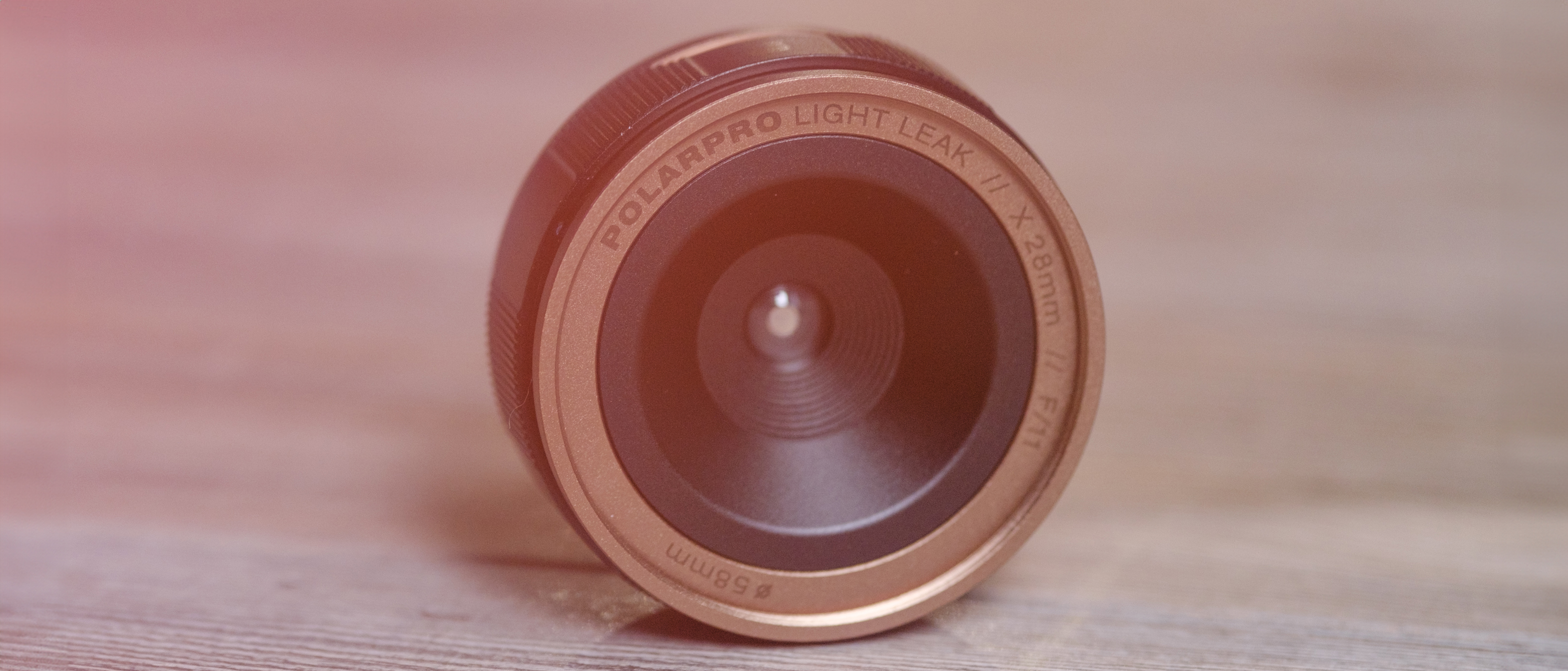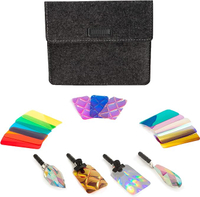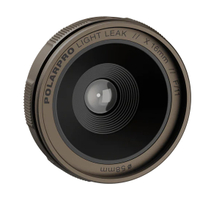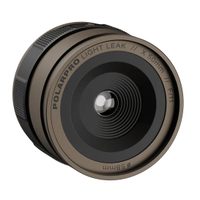Digital Camera World Verdict
The trick to getting retro photos might not be the camera – it could be the lens. The PolarPro LightLeak 28mm creates unique, intentionally imperfect photos. The adjustable light leak window means the creator controls how much and where that light leak appears. If you're a pixel peeper, walk away. But if you love the retro look, well, keep reading.
Pros
- +
Creative light leak window
- +
Inexpensive
- +
Lightweight
- +
A retro, film-like feel on digital
Cons
- -
A softer lens no for pixel peepers
- -
f/11 fixed aperture
- -
No close-up capabilities
Why you can trust Digital Camera World
Retro-styled cameras are trendy right now, but what if the trick to getting that old-school photo look isn’t the camera at all, but the lens? That’s the question that eventually led me to the PolarPro LightLeak 28mm. The LightLeak series has a feature that I’ve never seen before on a lens: a window that opens and shuts to create real light leak effects in-camera.
A light leak on a film camera is, technically, a flaw. Light leaks occur when the film camera is no longer fully capable of sealing out all light except what’s coming through the lens. But like film grain, light leaks have become an endearing sort of flaw that instantly brings retro vibes.
The PolarPro LightLeak 28mm embraces that so-called “flaw” and brings the light leak effect to digital cameras, no Photoshop overlays necessary. But there’s something sort of magical that happened when I embraced something once seen as a flaw – I gave myself the creative freedom to take imperfect images.
This is not a lens for pixel peepers, so if you’re the sort of photographer to view your images at 200%, you should probably just hit that back button now. But the PolarPro LightLeak 28mm may just be the ideal tool for creating film-like images on a digital camera without spending exorbitant amounts of cash on new gear. Here’s why.
PolarPro LightLeak 28mm: Specifications
Aperture | f/11, fixed |
Lens mount | Sony E, Canon RF, Fujifilm X, Nikon Z-Mount, L-Mount |
Lens format coverage | Full-frame |
Minimum focus distance | 3.3' / 1 m |
Focus | Fixed focus |
Stabilization | None |
Filter size | 58mm |
Dimensions | 2.5 x 2.5" / 6.4 x 6.4 cm |
Weight | 4.8 oz / 137 g |
PolarPro LightLeak 28mm: Price & availability
The PolarPro LightLeak 28mm is available in several mounts: in Sony E-Mount, Canon RF Mount, Fujifilm X Mount, Nikon Z Mount, and L-Mount. This review is based on the X-Mount version, tested with the Fujifilm X-T4.
The PolarPro LightLeak lenses are meant to be imperfect optics – and the price reflects that. The 28mm variant sells for $129.99 / £129.00 / AU$199. Going directly from the manufacturer, you can also pick up all three available focal lengths in a set.
PolarPro LightLeak 28mm: Design & handling
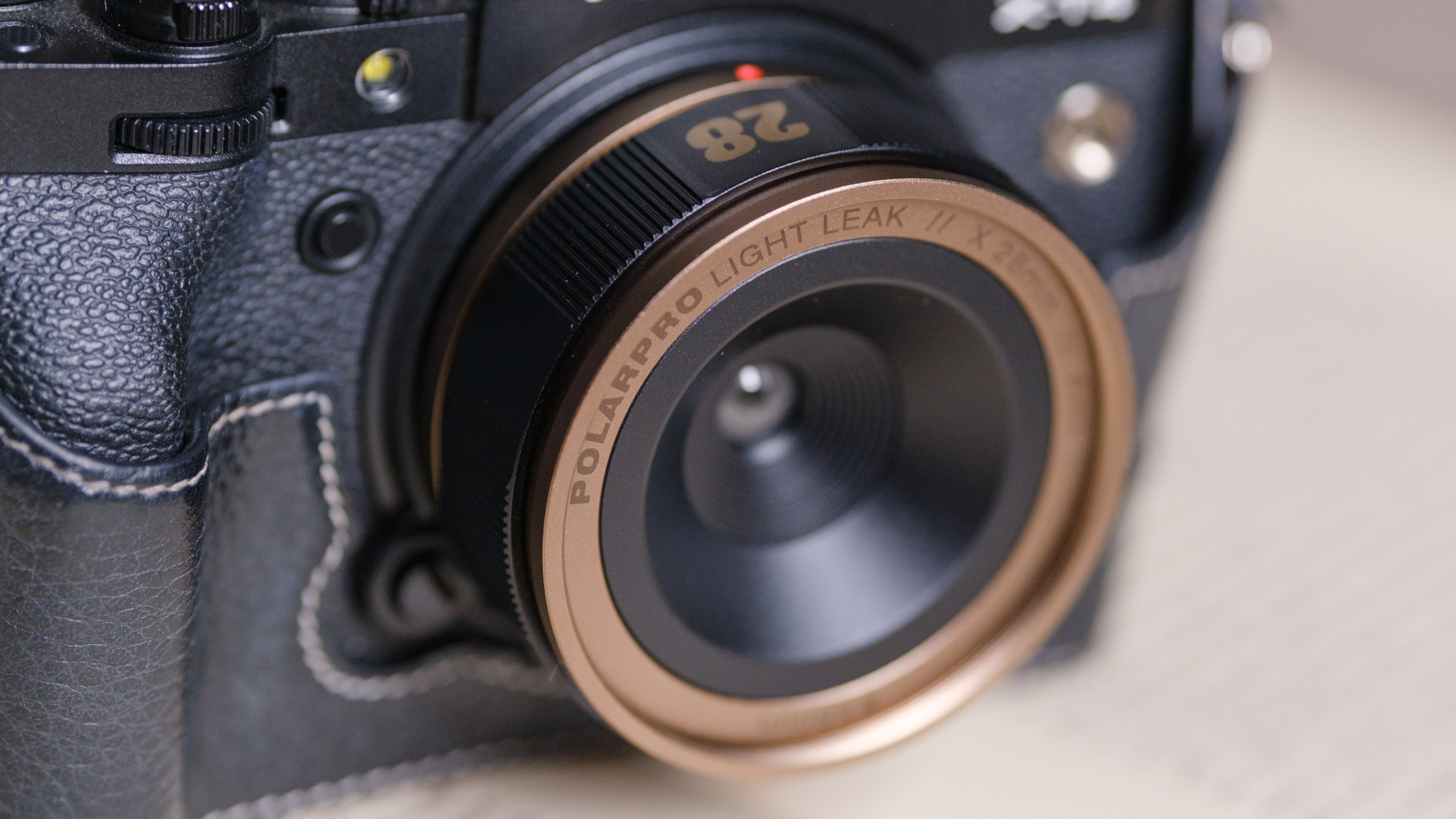
Given the relatively low list price of the LightLeak series, I opened the box to the PolarPro LightLeak 28mm fully expecting a cheap plastic lens – and I was pleasantly surprised. The barrel is made of aluminum. That means the lens didn’t have a cheap feel to it, which is good because the design of the lens means I had my hands on it often.
What’s unusual about the LightLeak is that there’s a window in the side of the lens to intentionally “ruin” images with a light leak. This window goes all the way around. A plastic cover then enables photographers and videographers to shut the window for no light leaks, adjust the size of the opening to change the intensity, or turn the ring to direct the window toward the light source.
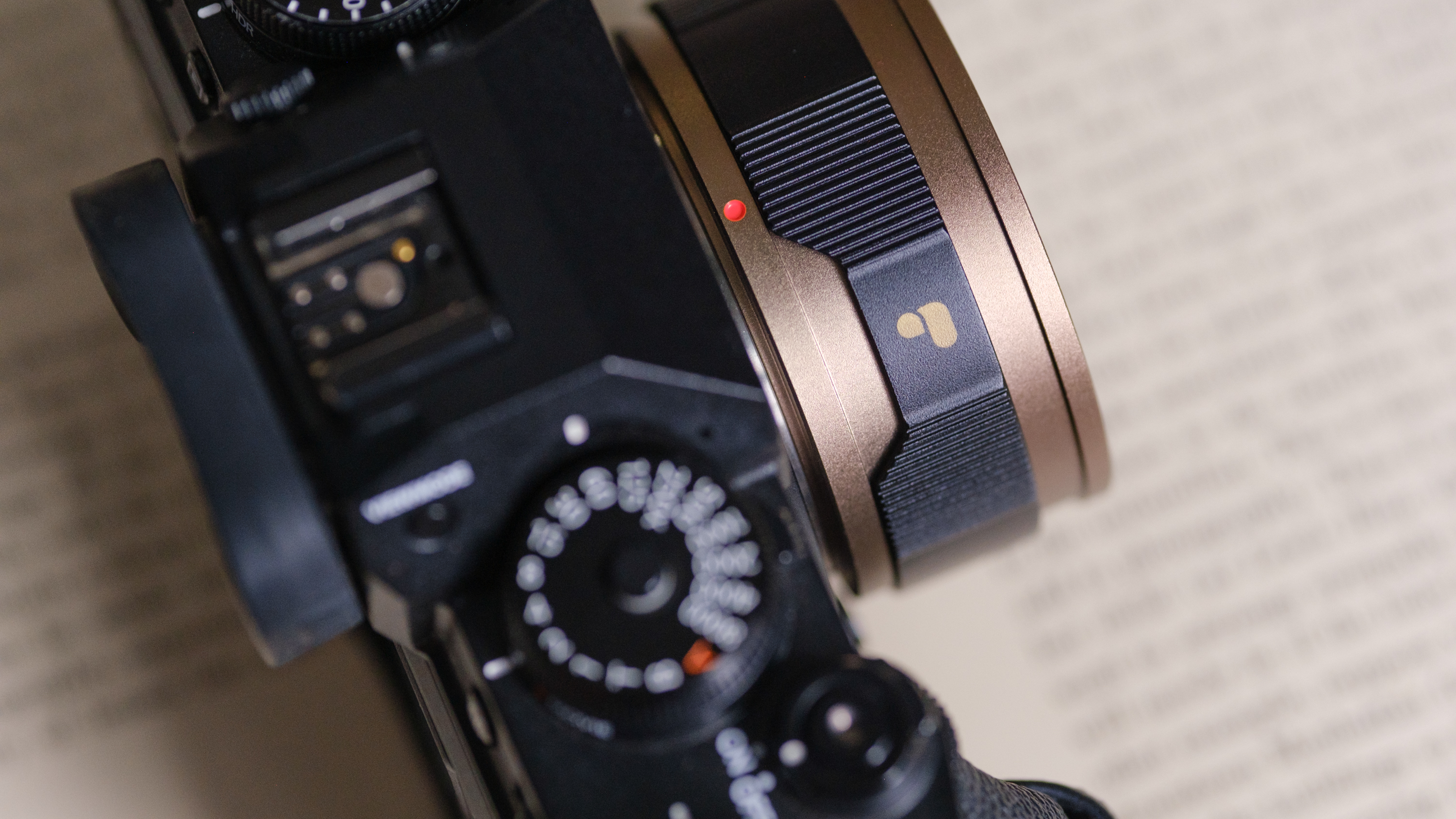
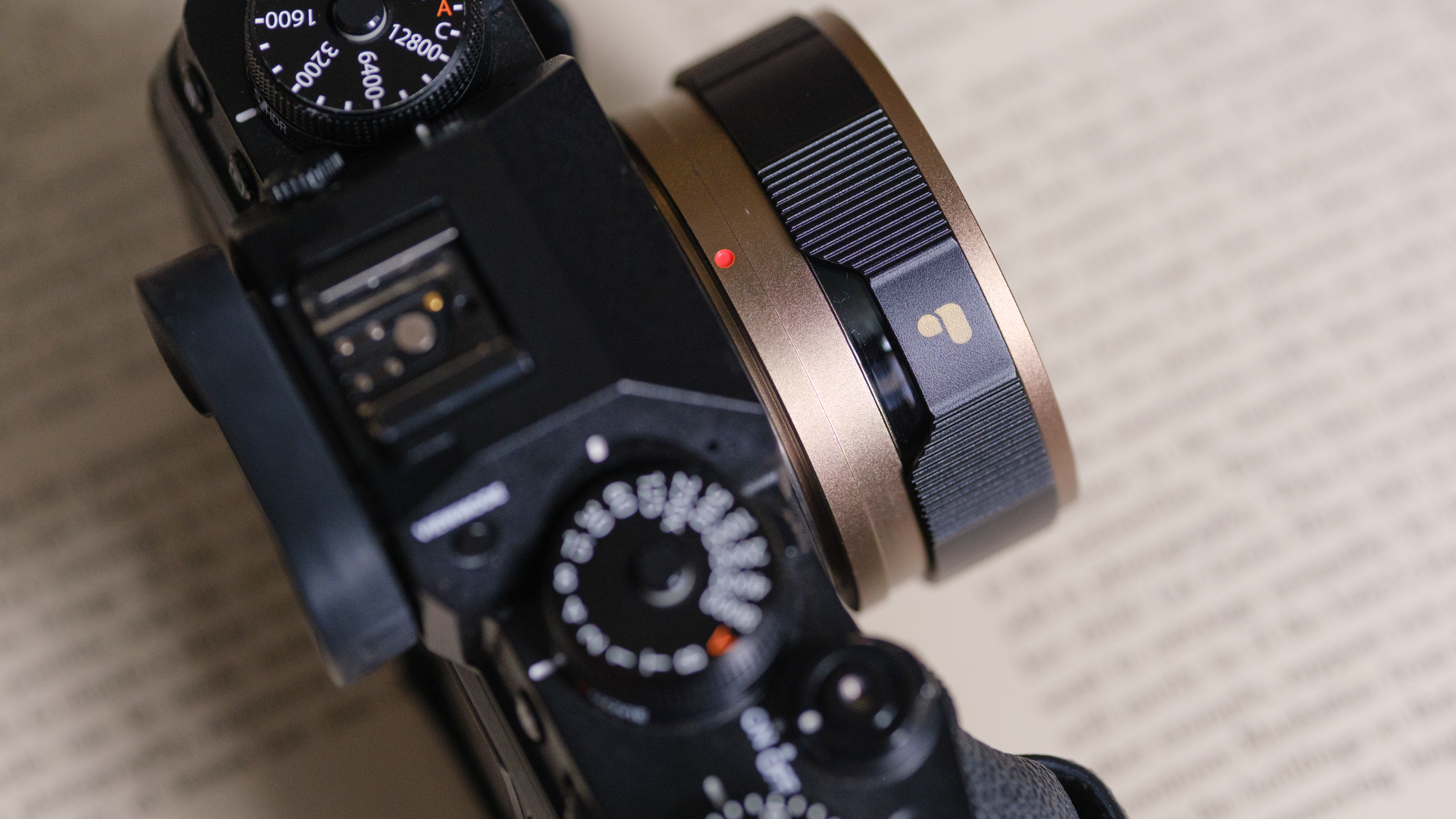
That LightLeak ring is simple and easy to use. Occasionally, I did pull the camera away from my eye so I could check where the window was to make sure that I was placing the opening near a directional light source for the biggest light leak effects.
The PolarPro LightLeak 28mm has no other controls besides that specialized ring to create and control light leaks, so there’s no confusion or accidentally turning the wrong ring. The lens has a fixed focus and fixed aperture, so there’s no need for either a focus or an aperture ring.
Naturally, having an additional opening can raise concerns about getting dust inside the lens and camera sensor. There are no weather seals but that light leak window is thankfully a window covered with clear plastic, which should help prevent most dust from getting inside.
The LightLeak 28mm is fairly compact at about 2.5 inches / 6.4 cm long and also lightweight at 4.8 oz / 137g. My X-T4 felt nearly like a compact camera with it on.
PolarPro LightLeak 28mm: Performance
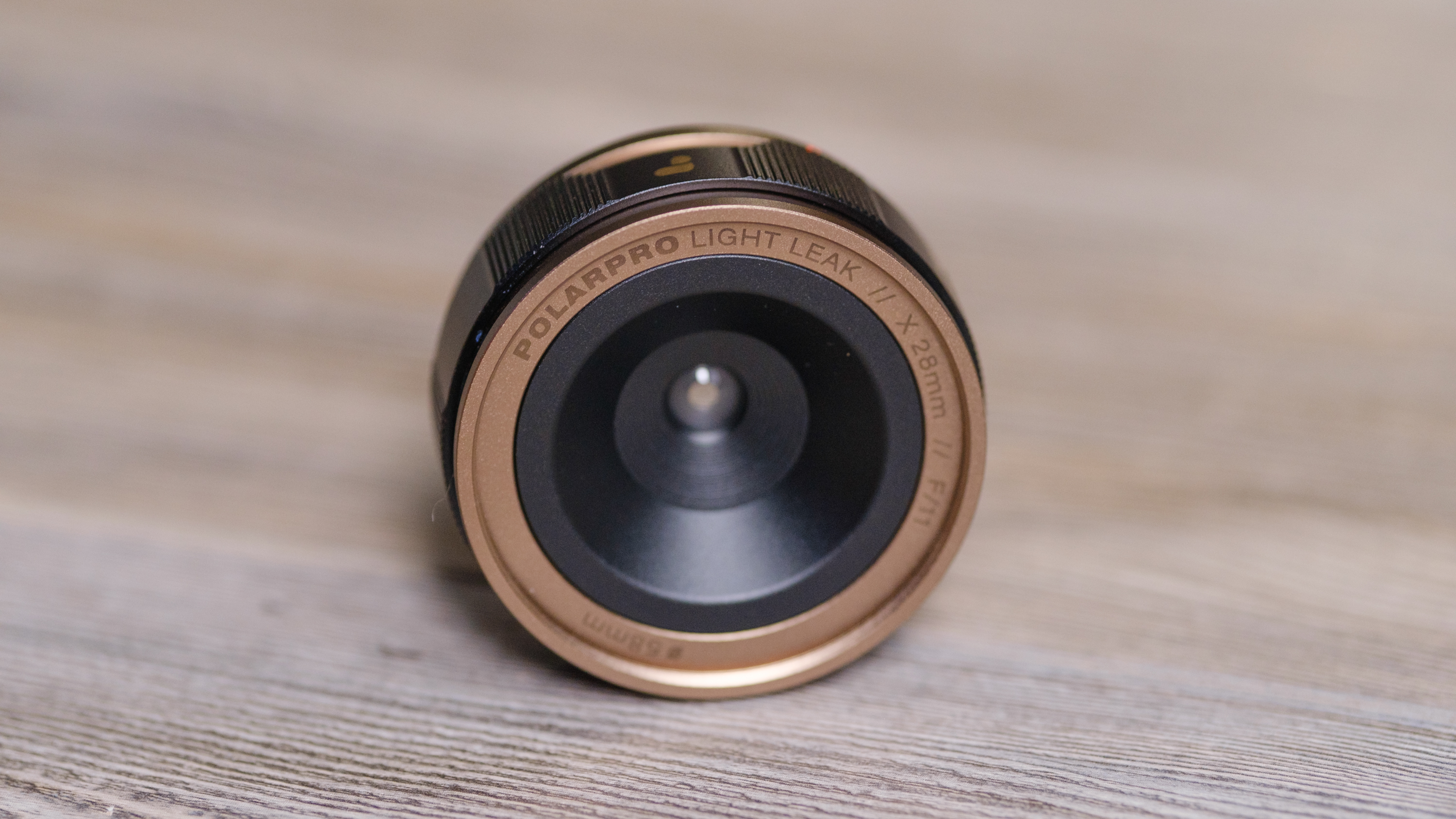
The adjustable LightLeak ring proved a highly entertaining tool that delivers creative, imperfect retro effects. But, I use the word “imperfect” with affection – one of the things I love about film photography is the imperfection and unpredictable nature, and the PolarPro LightLeak 28mm delivers on both counts.
With the ring shut, there’s no light leak effect at all. With the ring open slightly, images take on a charming haze. With the ring wide open, the effect is much stronger, sometimes to the point of blowing out the light leak area with a strong enough light source.
The effect of the light leak isn’t just determined by that unique ring; the light source itself will play a role. I found without a strong, directional light source such as indoors not near a window or light source, the effect is minimal and often hard to notice through the viewfinder. I captured the best light leaks with directional light, such as a window or sunlight. I could even still get the effect in dim conditions, but only with a directional light source nearby.
The other aspect affected by the light and not the lens itself is the color of the light leak. I took a lot of photos mid-day and in the dark and largely got a cool-toned light leak, though it was sometimes more green. When I shot video with the lens and used a color-changing video light, I realized that I could get the orange light leaks that I prefer if I used a warmer light source.

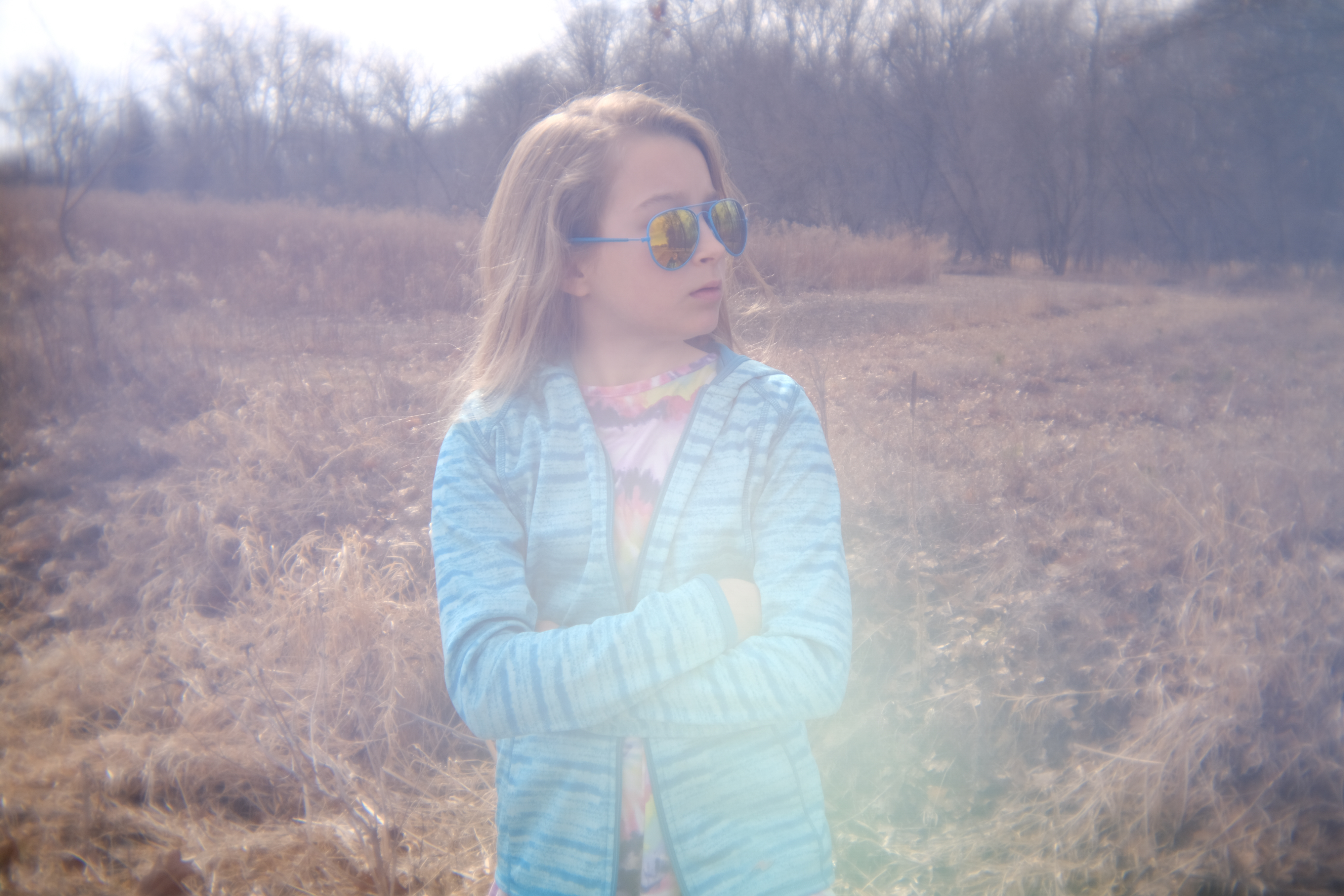
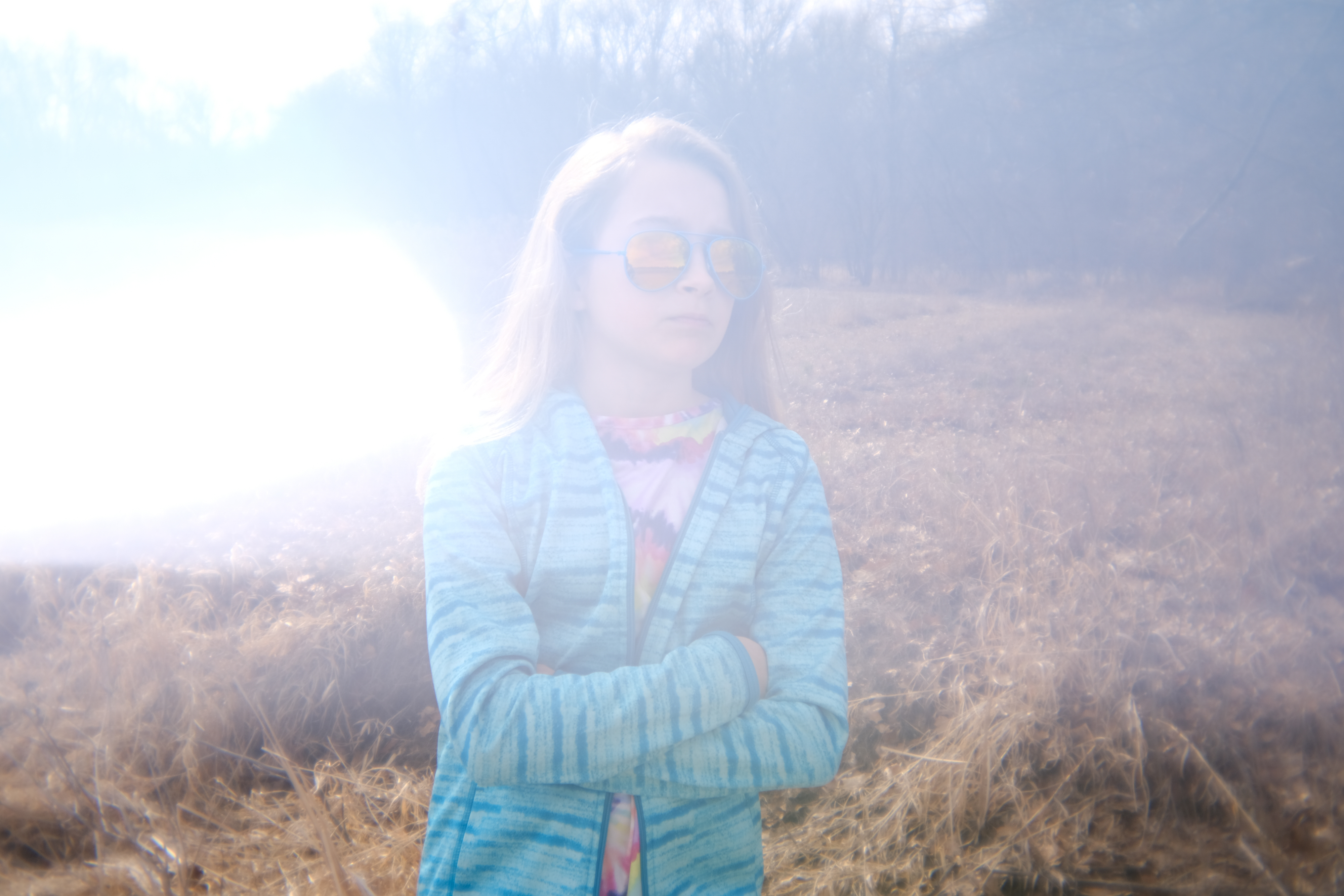
With the light leak window shut, colors were largely intact. Open the window, colors are hazy and less saturated. Look closely and you’ll probably also spot some colored fringing as well.
The point of the LightLeak lens is to get those retro effects in the camera rather than adding Photoshop overlays later. I focused on getting the shots without any retouching and adjusted the film simulation on my camera body to do that. I loved the PolarPro LightLeak 28mm with the Fujifilm Classic Chrome, Eterna and Across (black and white) film simulations.
Beyond the light leak window itself, I was happy to see streaky light flares when I directed the lens toward the sun. Too many modern lenses use endless coatings to reduce flare, but I love a good lens flare and I think it’s important for that to remain intact on a lens designed specifically for creating a retro look.

The PolarPro LightLeak's retro intentions extend to the lens’ sharpness. The lens feels like it has a diffusion filter built-in, with some softness even at the center. That softness is far more exaggerated at the edges. I think the intentionally soft optics add to that retro look and give the images a more dreamlike feel. (Note that these images were shot with the Fujifilm X-T4, and I would expect a bit more edge softness with a full-frame camera.)
If you’re a regular Digital Camera World reader, you’ll notice that we didn’t do lab tests on this lens. The lens is meant to be flawed, so pixel-peeping the edges feels like an insult to the essence and goal of this lens. If you’re a pixel peeper, the LightLeak series isn’t made for you. Period.
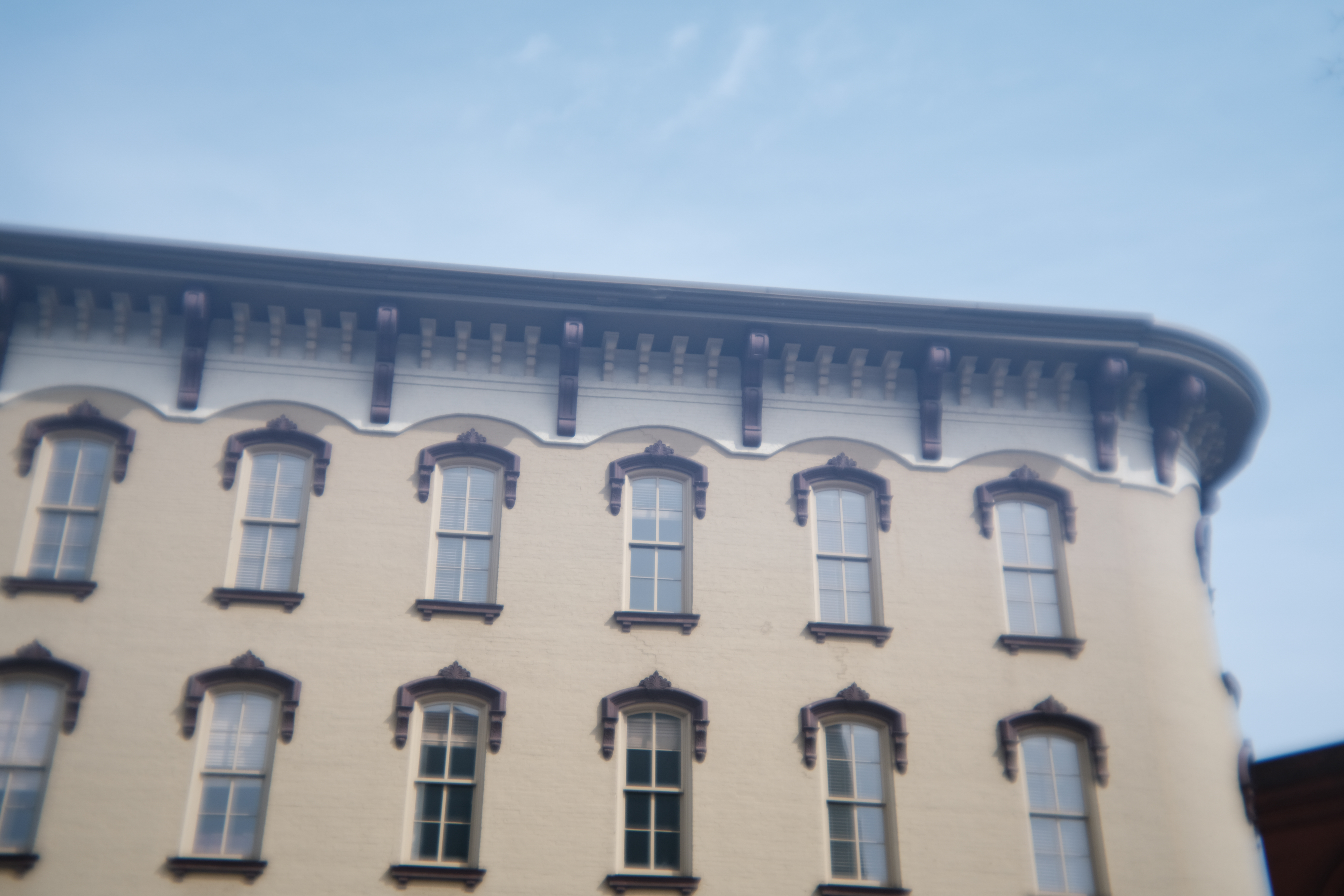
The LightLeak series uses fixed f/11 apertures. That’s a pretty narrow opening for a prime lens. But, what do you think of when you think of old photos? Personally, I think of grainy images and the way to do that digitally is by upping the ISO. And, with an f/11 aperture, you’re going to use a high ISO unless you’re shooting in sunshine. So, yes, a narrow f/11 aperture is typically a bad thing, but is needing to up the ISO really bad when you want that retro look?
The PolarPro LightLeak is a fixed-focus lens. Essentially, everything from one meter to infinity will be in focus. That means there’s no autofocus motor and also no waiting at all for the camera to lock focus. My Fujifilm X-T4 felt more like a point-and-shoot because of that. But, I did find myself wishing that the lens was a bit more capable of shooting close-ups.
The lens also lacks any electronic contact with the camera. If you’ve never used a lens without those electronic contacts before, you do have to go into the camera settings and enable shooting “without” a lens, for which PolarPro’s introductory video has instructions. The lack of contacts also means that the camera won’t save any metadata related to the lens.
Those retro effects carry over from stills to video as well. I'm more of a stills photographer than a videographer, but one of the things that I loved about shooting video with the LightLeak 28 is that the leak itself changes as either the camera position moves or the light source moves. That opens up even more creative possibilities, such as moving a video light around to get moving light leaks dancing across the footage.
@digitalcameraworld ♬ Moving Too Slow - Strewing
Adjusting that LightLeak window while recording also enables you to change the intensity and position of the leak while recording. Videographers should be forewarned, though, that there's a quiet but audible click when opening and closing the window during a recording.
PolarPro LightLeak 28mm: Sample images
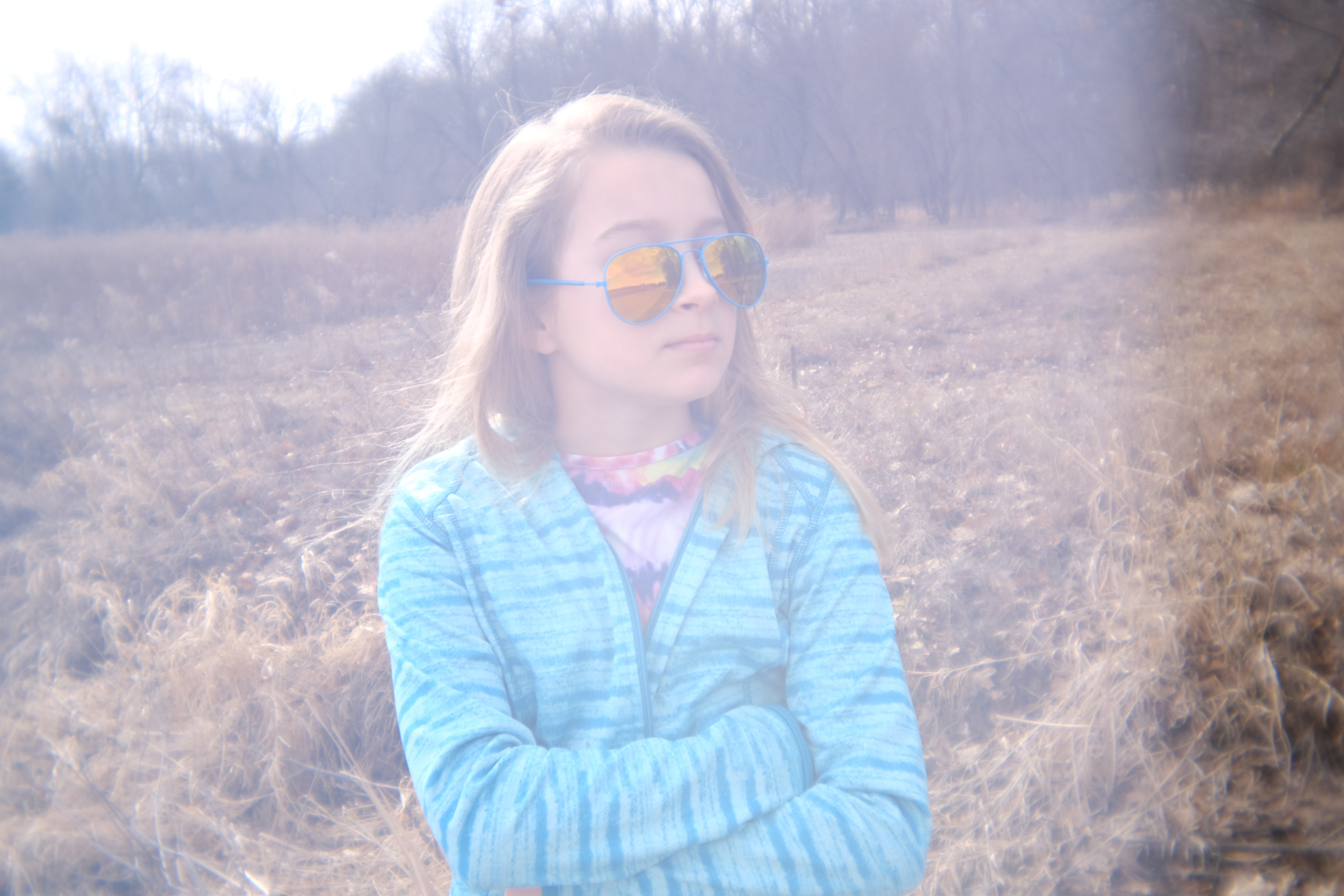
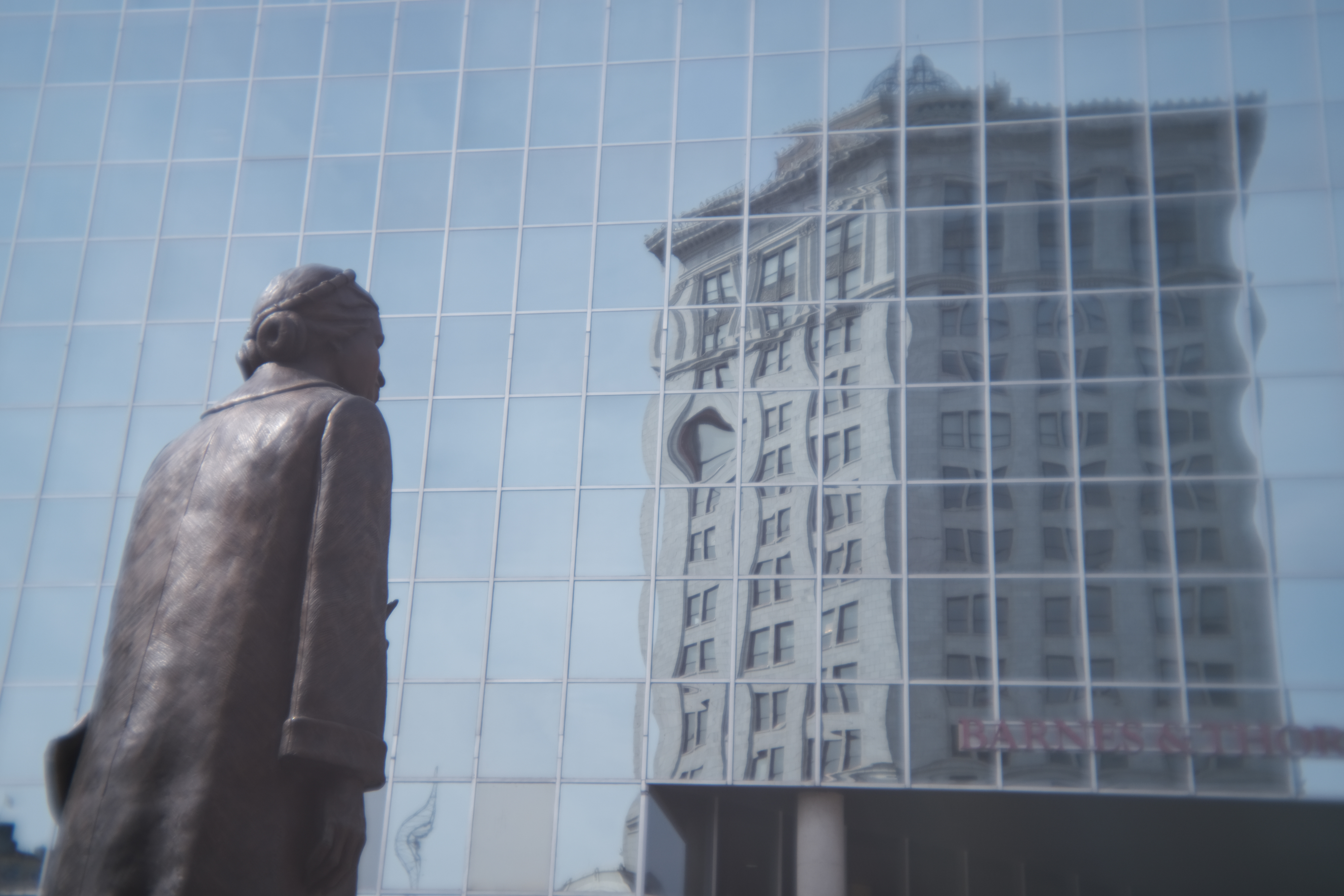
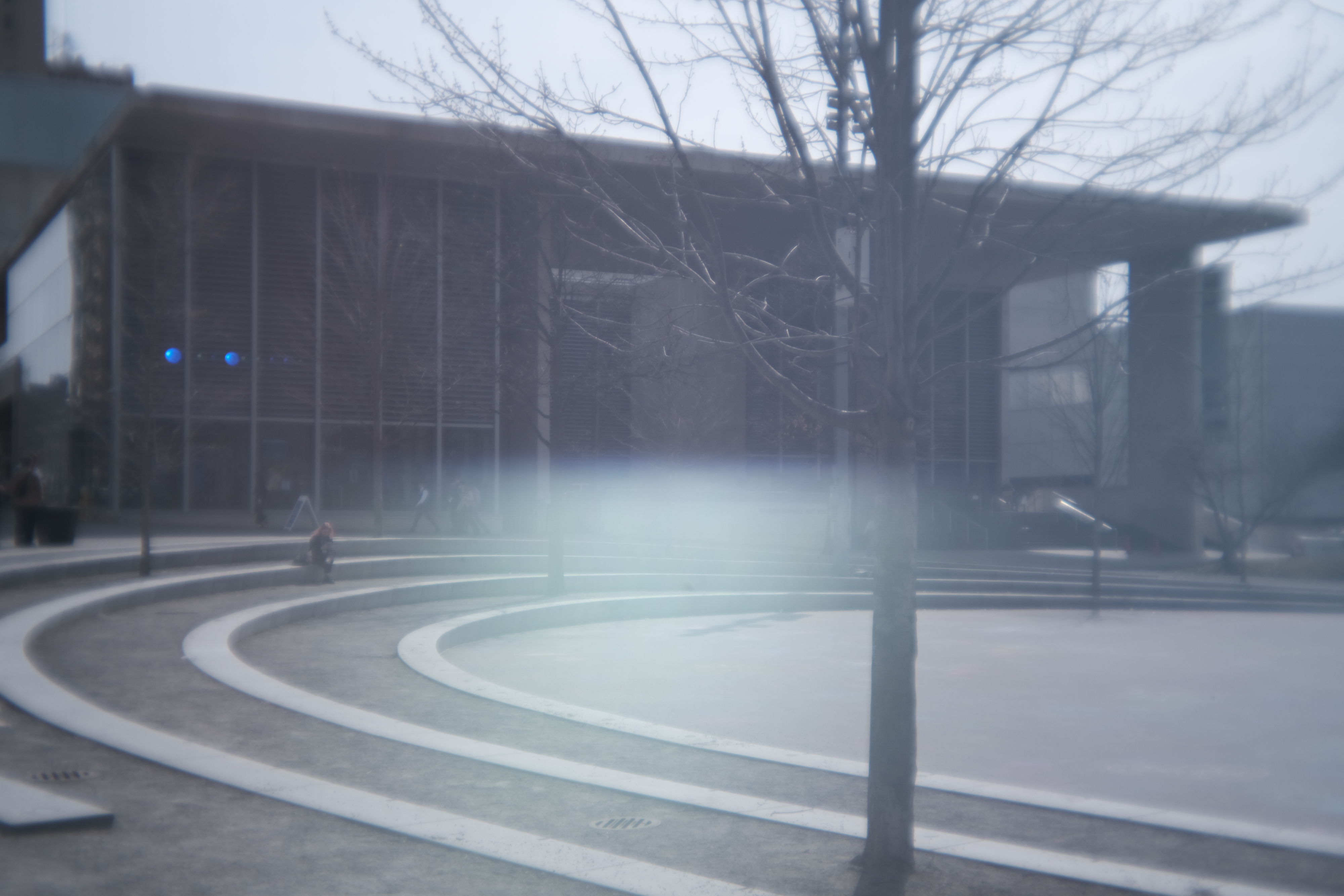

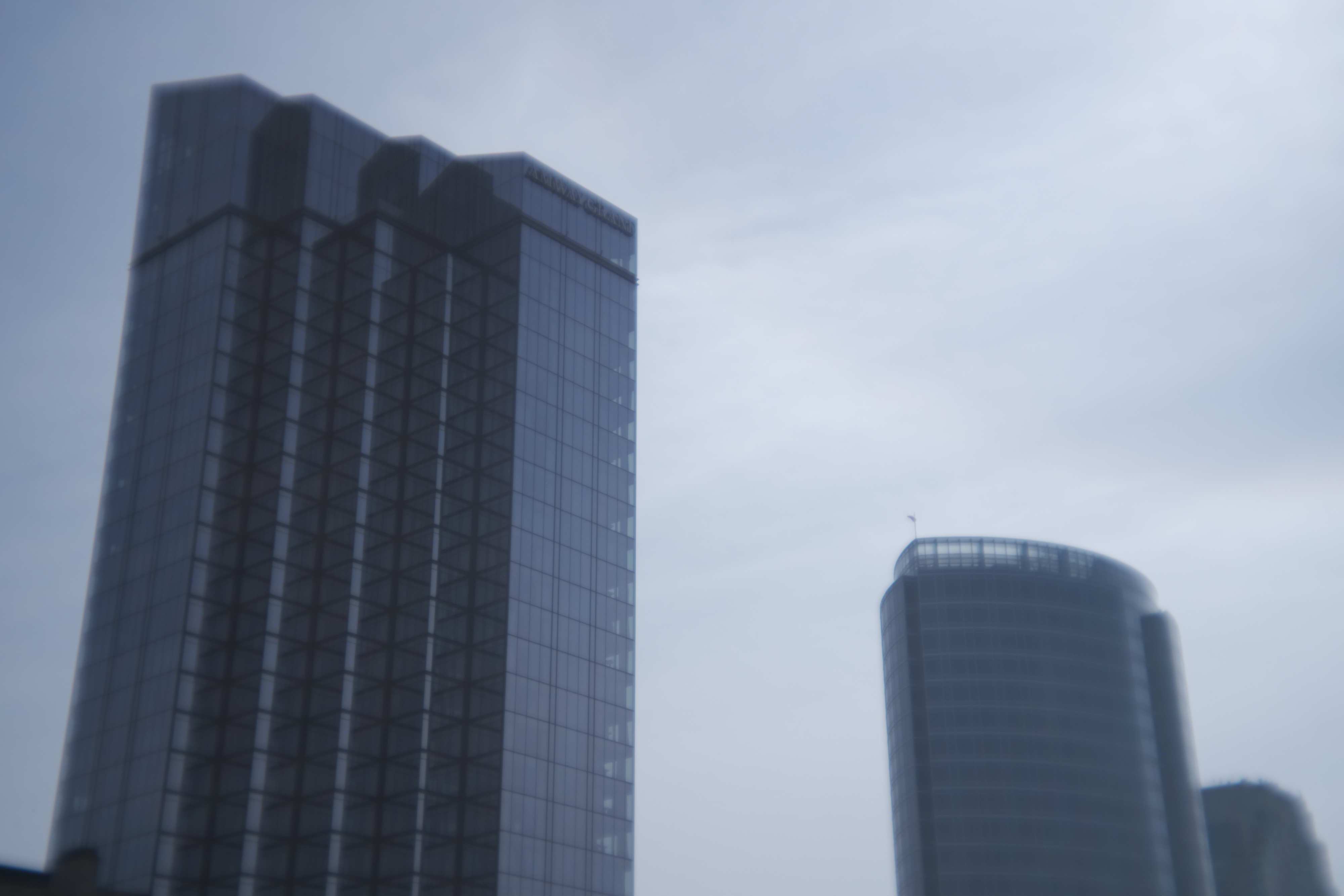
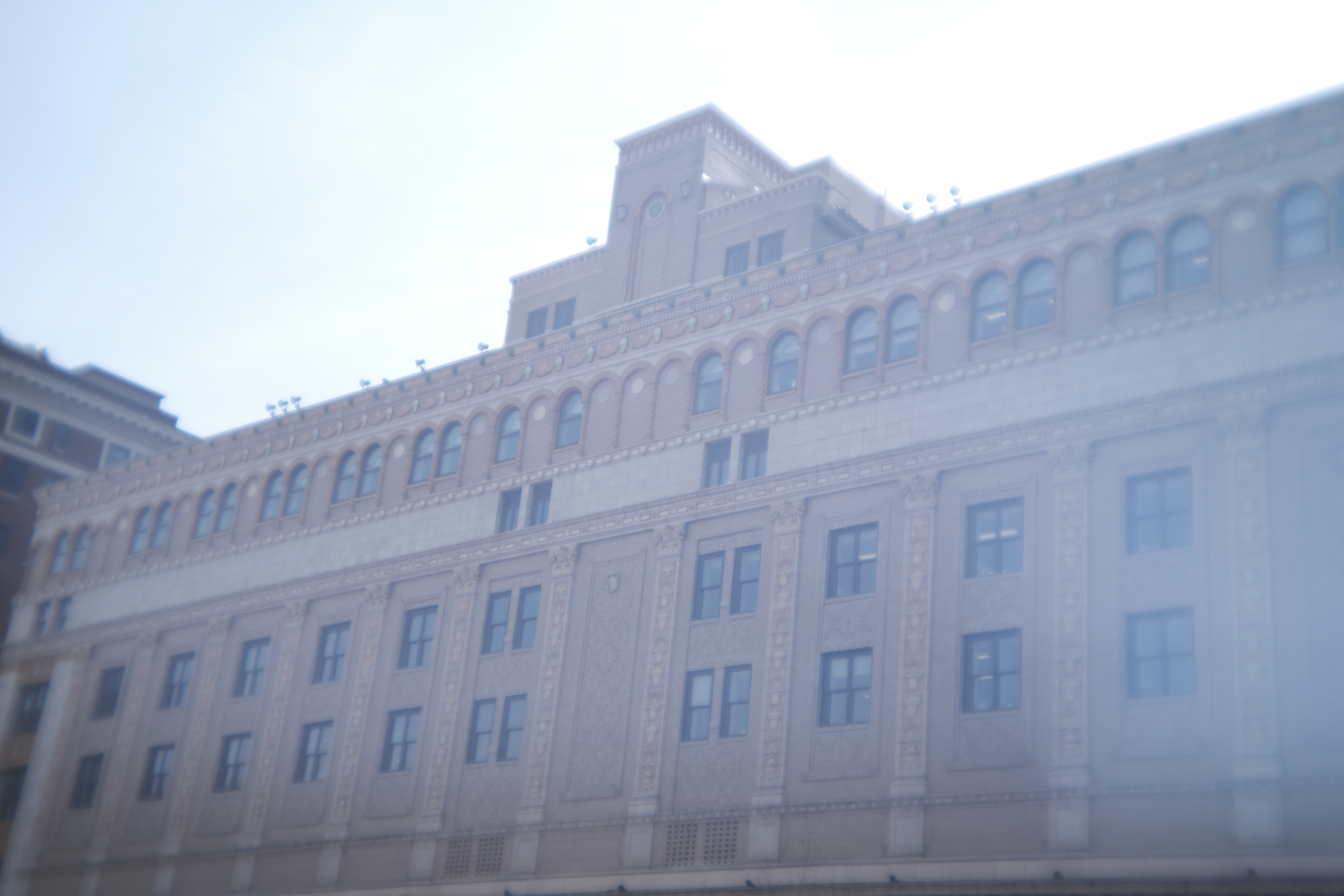
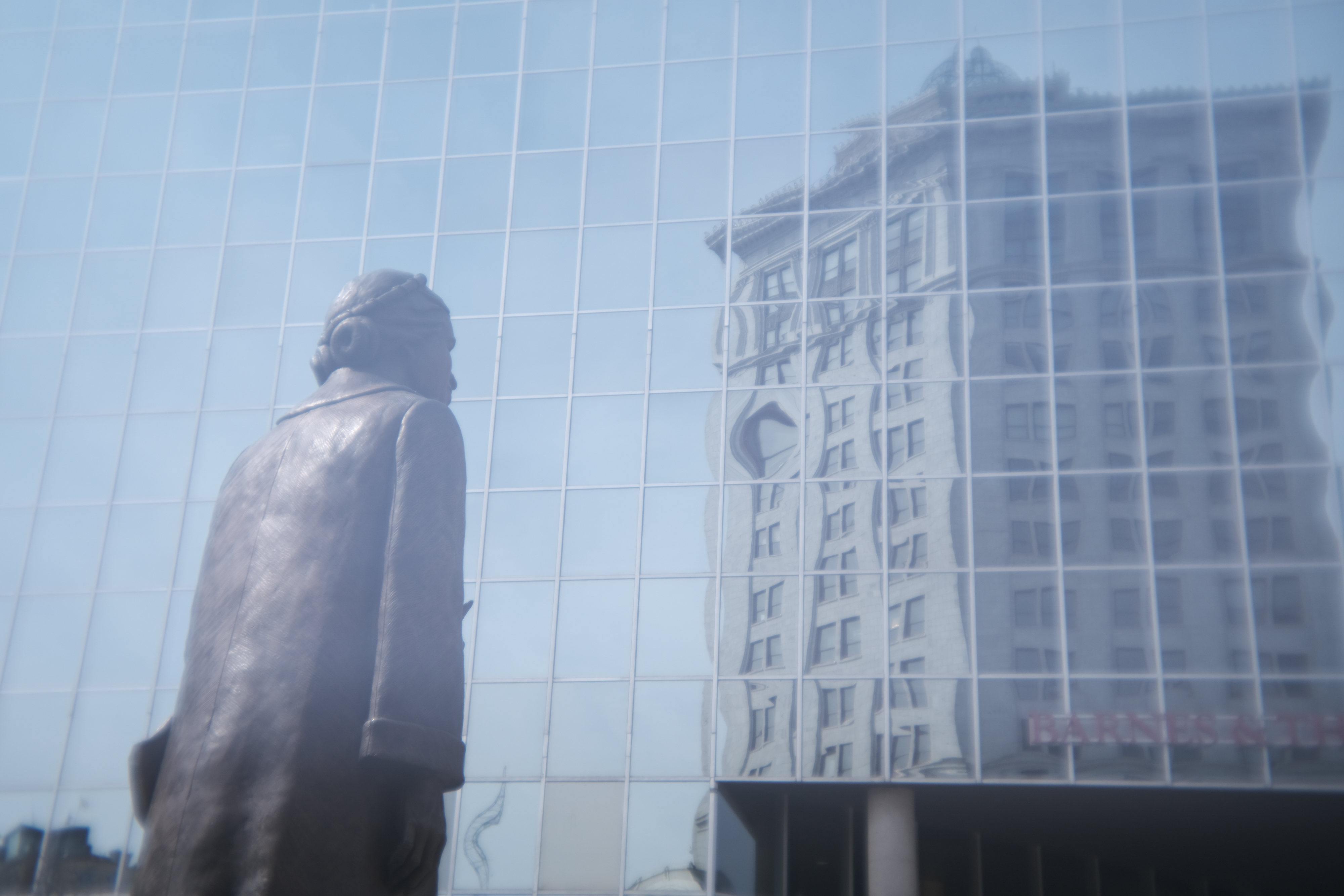
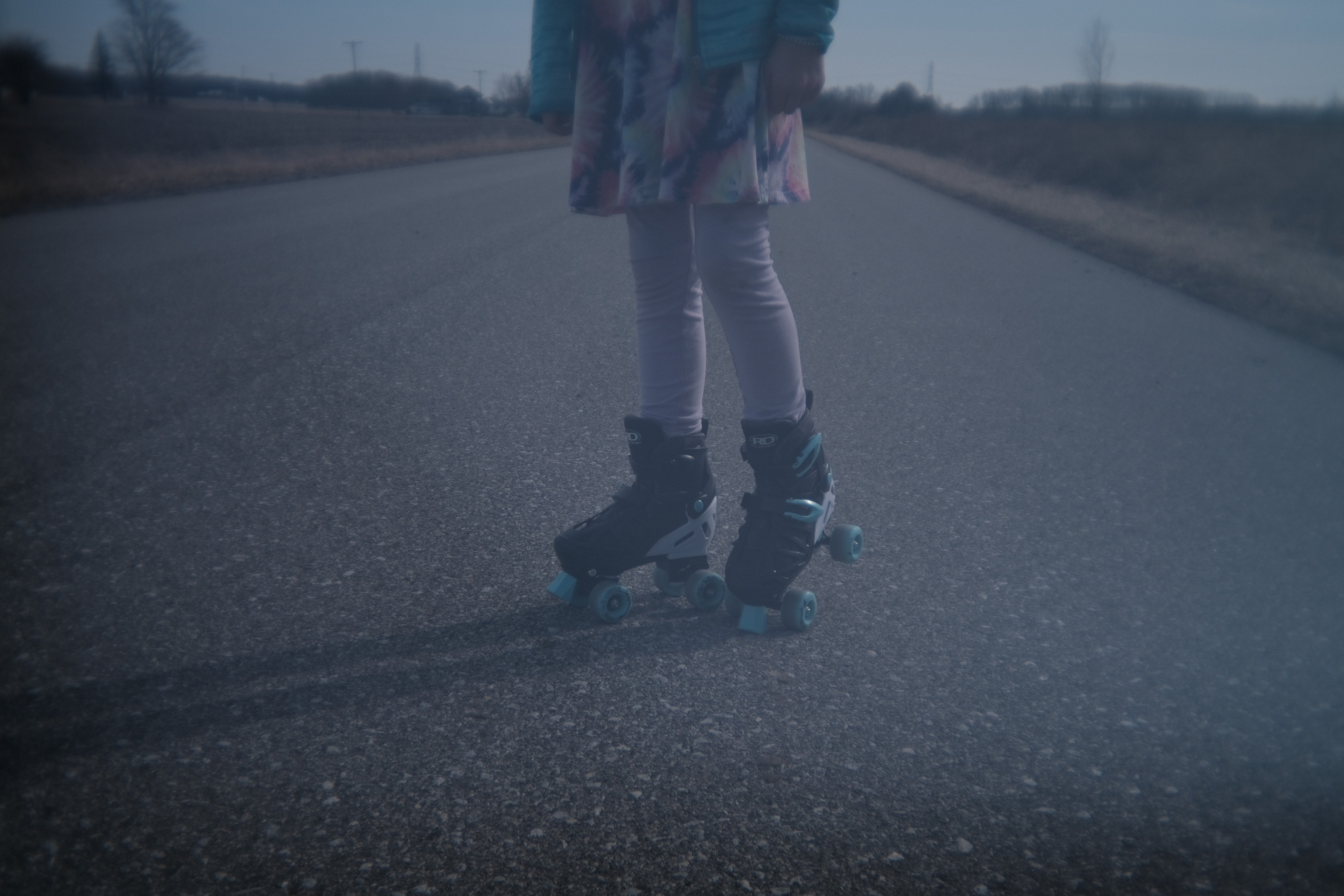
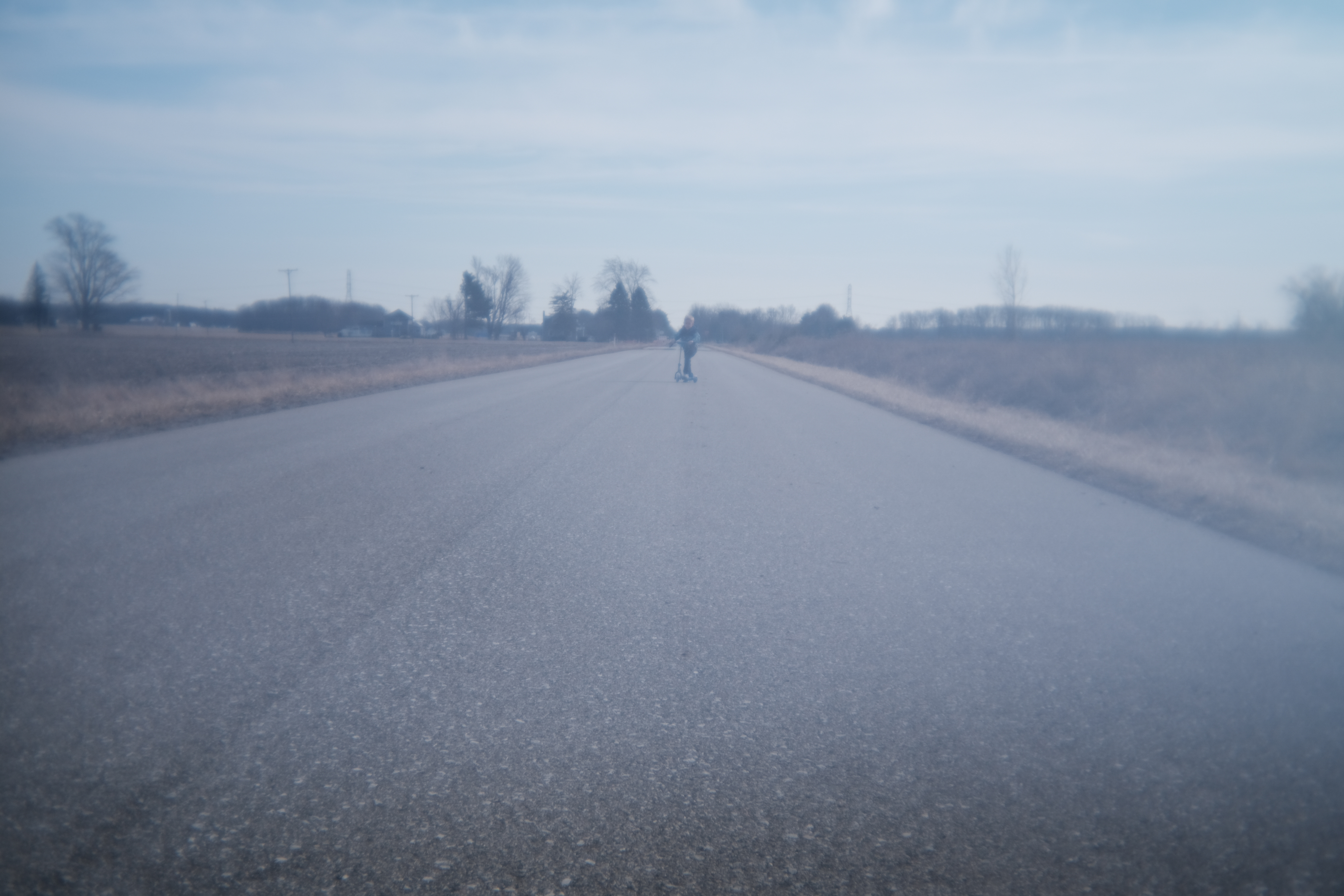
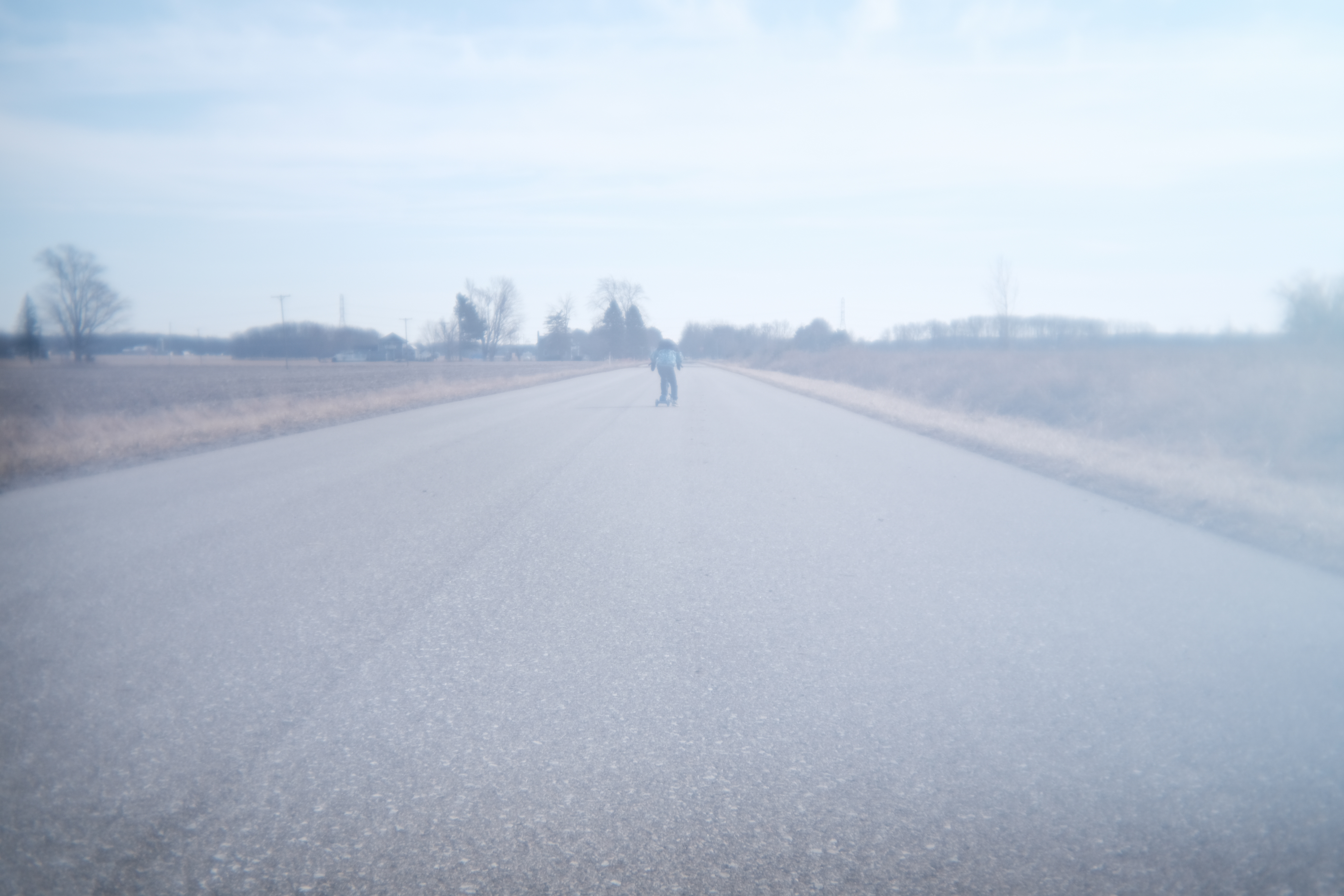

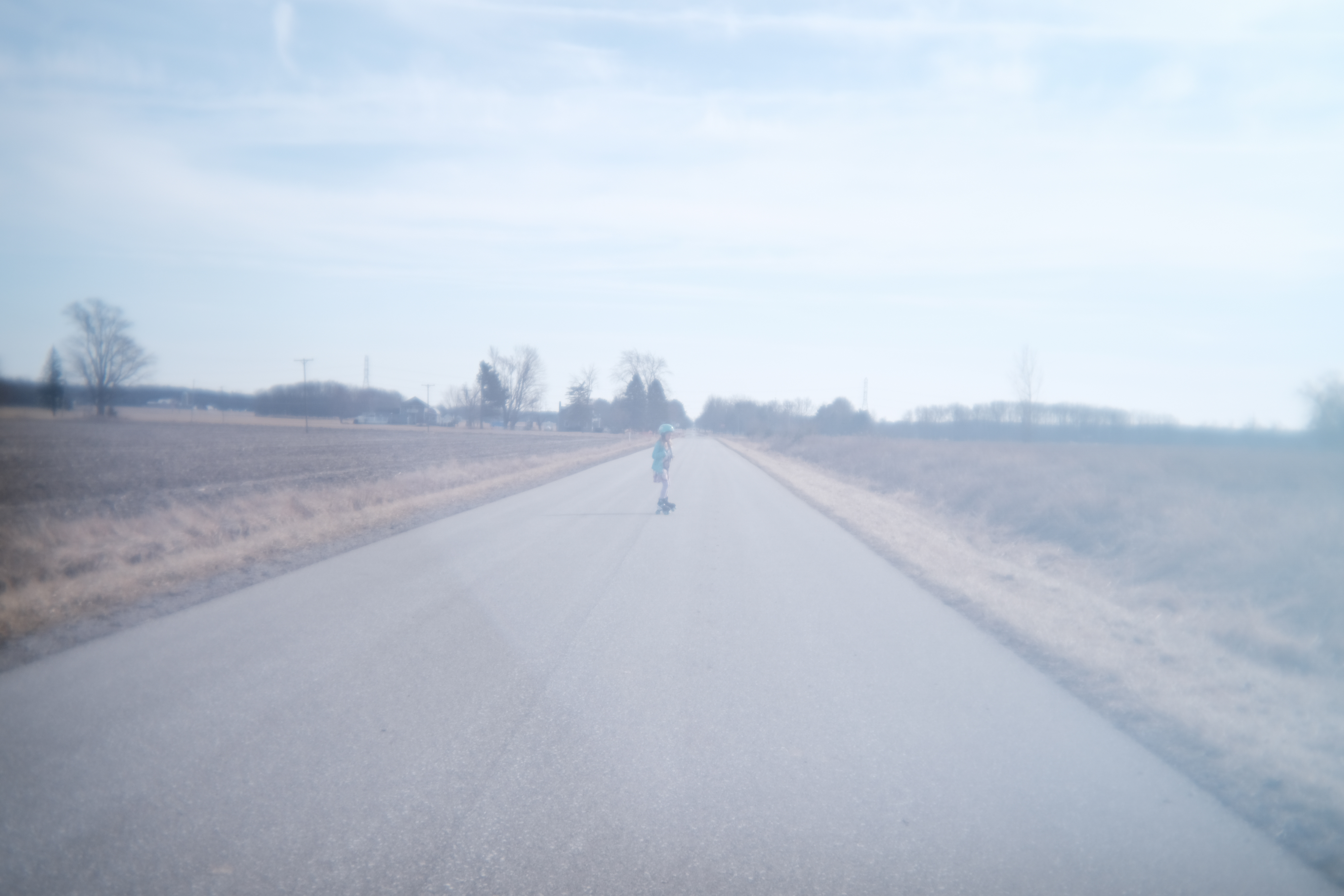




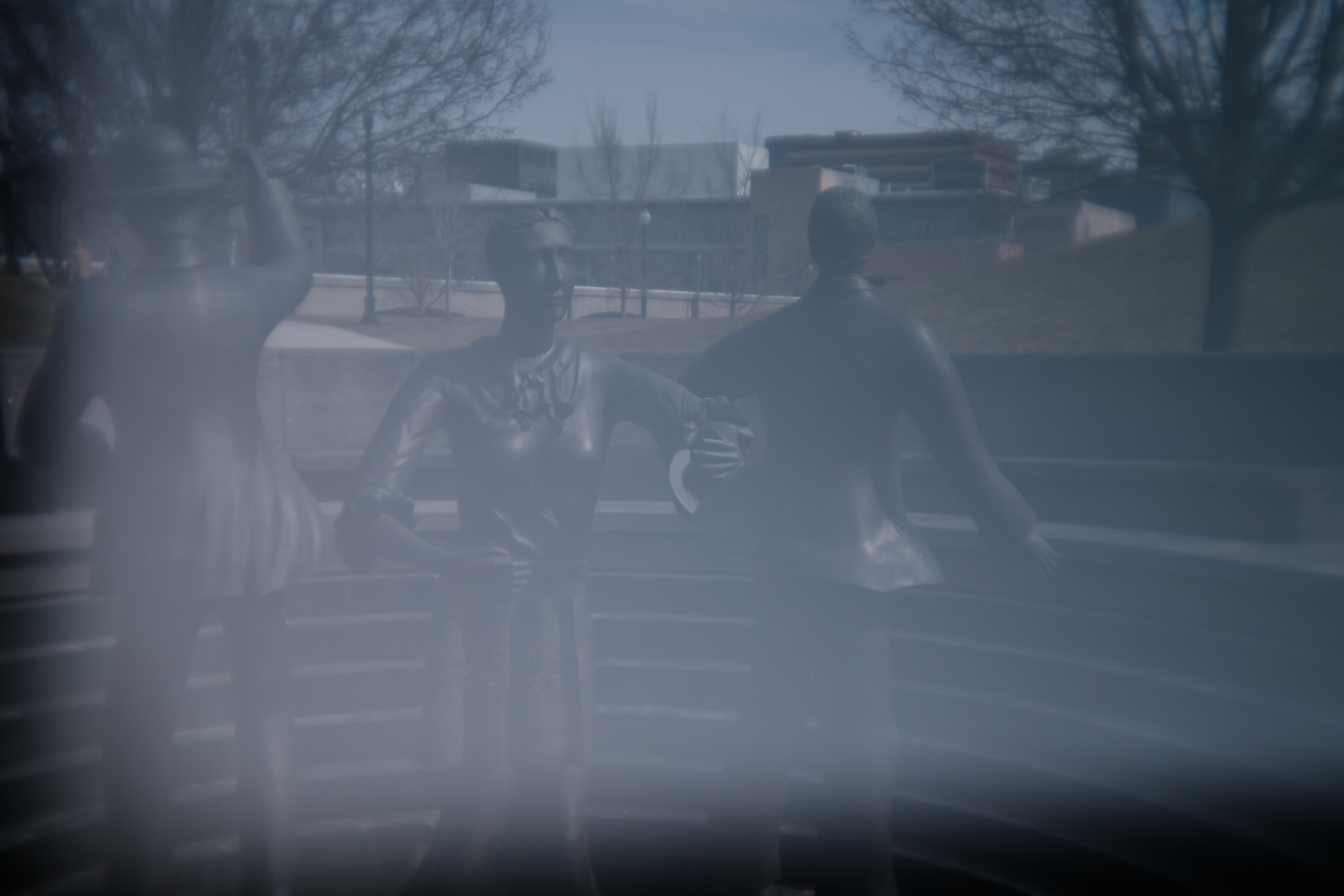
PolarPro LightLeak 28mm: Verdict
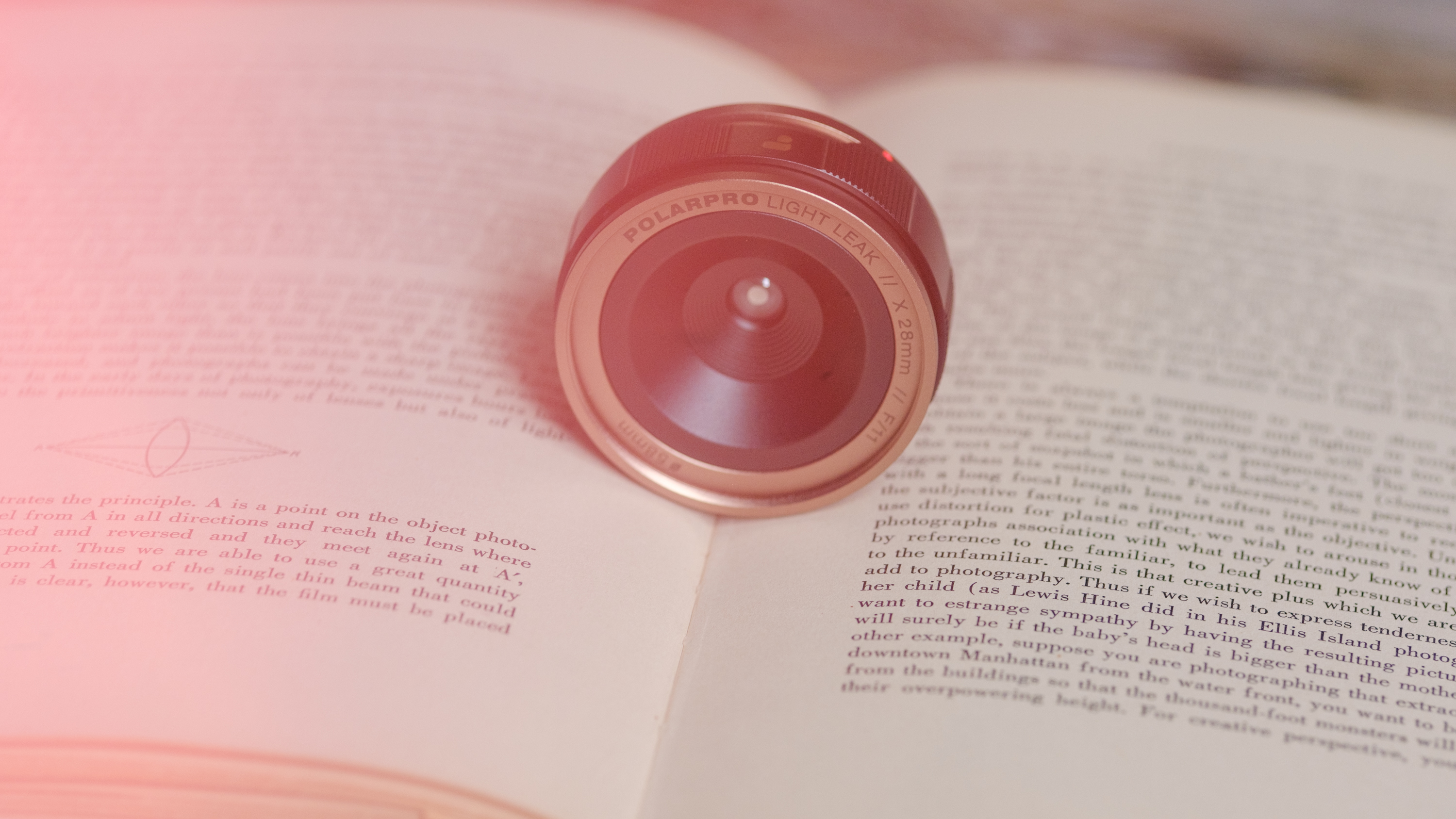
If you had told me five years ago that I would have an f/11, fixed focus in my kit – and that I would actually love such a lens – I probably would have laughed at you. But here I am, loving the PolarPro LightLeak 28mm not despite those flaws, but because of those flaws.
In a world where megapixels are climbing beyond three digits and lenses are sharp enough to count pores, taking imperfect images on purpose feels liberating. Using the LightLeak 28mm is the most film-like experience that I’ve had on my digital X-T4.
All the things that I didn’t really care for about the lens, I knew before ordering just by looking at the tech specs. It’s an f/11 aperture with a fixed focus that isn’t geared towards close-ups. And, it’s not meant to be a super sharp lens.
The PolarPro LightLeak 28mm is the most fun that I’ve had with a lens in a while. I think the key question is, would I use it on a professional shoot? The answer is that it depends. I wouldn't hesitate to grab it for a vintage-themed shoot, but in other scenarios may not be the right tool for the job.
For the cost and unique ability to create and control light leaks, however, this lens can be a fun creative tool. If you love the retro look or just need to give yourself the creative freedom that comes with embracing imperfection, the PolarPro LightLeak 28mm can be a great tool to have in your camera bag.
Features | The light leak window is both fun and unique, but it's a fixed focus lens. | ★★★★☆ |
Design | The metal build is impressive for such a budget priced lens. | ★★★★★ |
Performance | Incredibly fun retro images, held back a bit by an f/11 aperture and soft optics. | ★★★☆☆ |
Value | The price is really excellent. | ★★★★★ |
PolarPro LightLeak 28mm: Alternatives
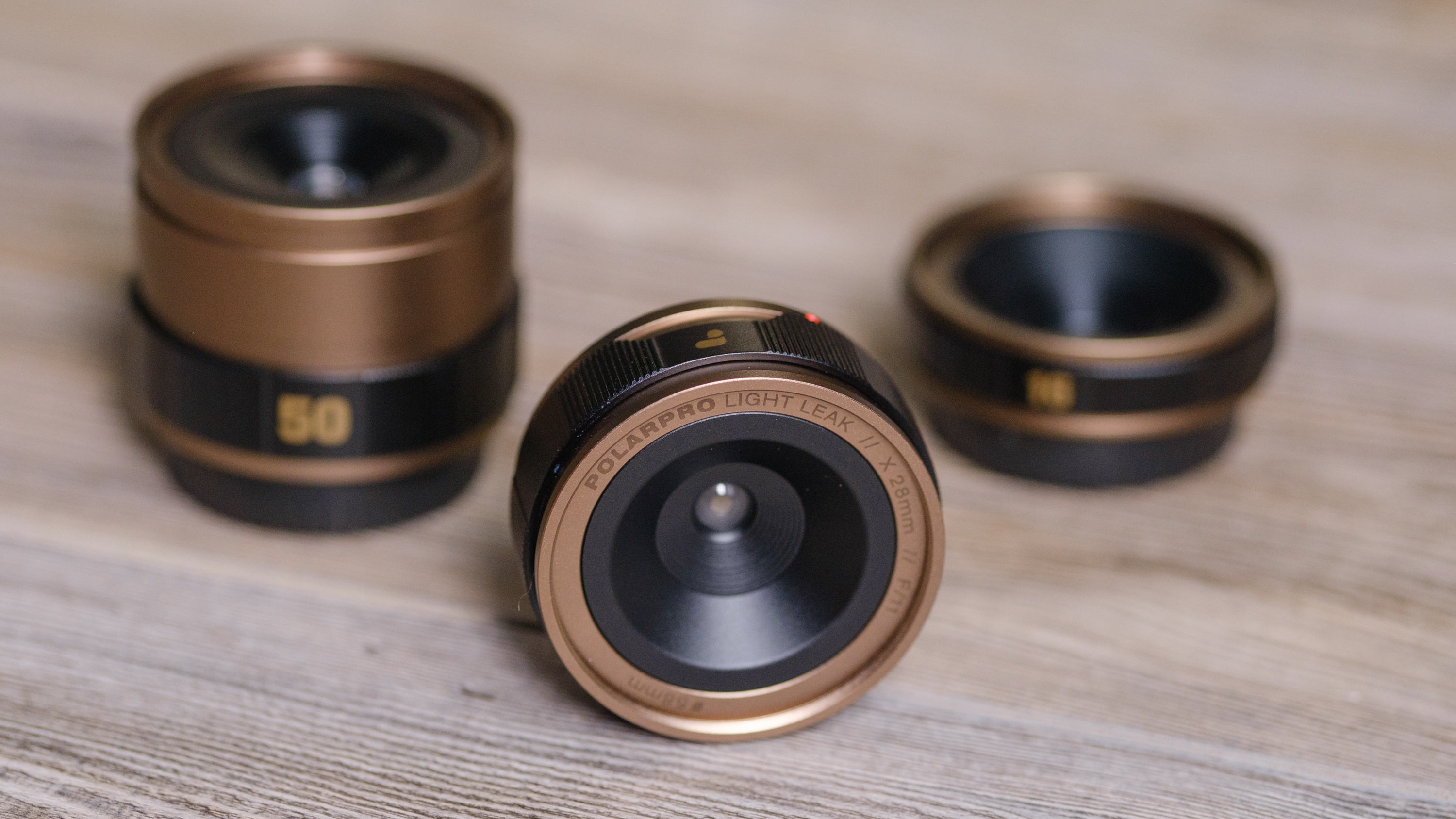
The PolarPro LightLeak is the first lens series that I know of that’s able to mimic the look of a light leak in the camera (the brand also has a 16mm and 50mm option in the series).
While I don’t know of another lens that can do such a trick, the LensBaby Omni Color Expansion kit, a set of wands that you hold over your lens, has some colored films that do remind me a bit of a light leak and you can choose a warmer or cooler look as well.
Pairing that with a softening filter like the Tiffen Glimmerglass or PolarPro’s own Gold Mist filter with an existing lens is the closest thing I can think of to mimic the look of the LightLeak.
The Omni Color Expansion pack includes wands with colored films that can be used to create a look sort of like light leaks, if you want the look with a brighter lens. I used it in some of the product images of the lens itself in this review.
Along with the 28mm, PolarPro also offers the LightLeak 16mm and 50mm, which both also have that unique window to create light leaks. I’m still testing both lenses, so stay tuned for a full review. But my initial impression is that the 16mm, besides being a wider view that fits more into the frame has much more extreme edge softness.
In fact, the edge softness is so extreme that all the images feel almost like a zoom burst effect. That can look great in some shots but be unwanted in others.
The PolarPro LightLeak 16mm is a wider option, but the edges are also much softer. The 16mm is also a very tiny pancake lens with the same light leak window and f/11 aperture.
The PolarPro LightLeak 50mm is the better choice for portraits with its longer focal length. It has less edge softness but also a further minimum focus distance to blur out any foreground elements.
The LightLeak 50mm has the least amount of edge softness of the three choices and is the better choice if that edge softness bothers you. It’s still not a lens for pixel peepers, though, with that retro softness. The 50mm also needs to be even further from the subject, so you can get some blurred foreground elements easier than with the 28mm.
You may also like
Browse the best retro cameras or the best cameras for beginners.

With more than a decade of experience reviewing and writing about cameras and technology, Hillary K. Grigonis leads the US coverage for Digital Camera World. Her work has appeared in Business Insider, Digital Trends, Pocket-lint, Rangefinder, The Phoblographer and more.
You must confirm your public display name before commenting
Please logout and then login again, you will then be prompted to enter your display name.
